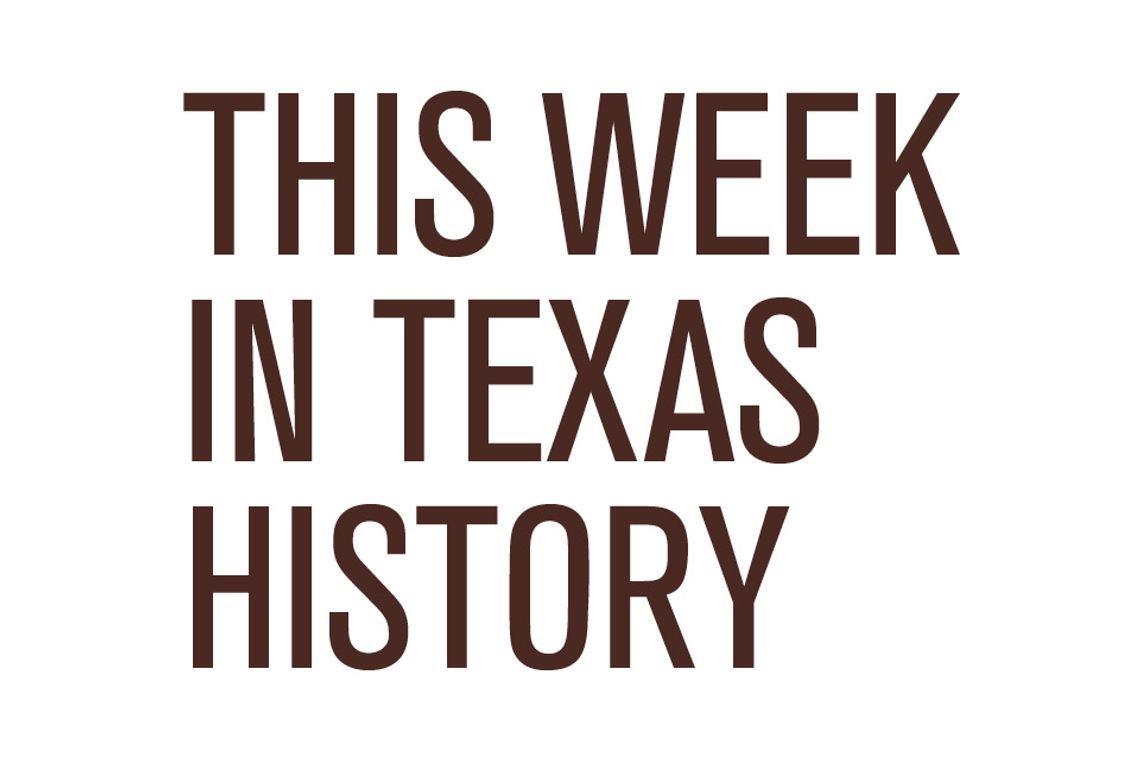The Texas legislature created four and a half dozen counties in the Panhandle and South Plains on Aug. 21, 1876, but it took more than drawing lines on a map to populate the last frontier in the Lone Star State.
The region was still cattle country well into the 1890s with only a scattering of villages like Clarendon and Tascosa. But the coming of the railroad, improvements in agriculture and a steep drop in beef prices, that made the ranchers’ range more valuable as farmland, set the stage for a turn-of-the-century land boom.
The willingness of the XIT and other cow kingdoms to sell off huge chunks of pasture attracted the interest of heartland sodbusters. Land prices across the Midwest had soared from $20 an acre in the 1880s to as high as $125 by 1908, and the lure of dirt-cheap real estate was irresistible.
To counter the parched plains’ reputation as an arid wasteland, land promoters came up with wet names like Spring Lake, Oasis, Roaring Springs and Running Water. But the buyers of waterfront property at Shafter Lake discovered the salty body of water was as dry as a bone in the spring and fall and too shallow for pleasure cruises in the summer and winter.
Though guilty of exaggeration and poor judgment, the zealous agents that extolled the virtues of the Panhandle paradise had considerably more scruples than their California and Florida counterparts of the 1880s and 1920s. The only full-blown fraud was Virginia City, where a dirt road was deliberately disguised to look like a rail line under construction.
While they rarely resorted to outright deception, land promoters did not miss an advertising trick. A photograph of two adorable tykes identified as “products of the Panhandle” carried the caption: “If you invest in land, it is here as long as you and your children live. It is a legacy as sound as the earth and as enduring as time.”
Sales pamphlets often contained a special pitch to housewives, such as the Big Spring brochure that stated, “We want the ladies to realize the land we have for sale is God’s country.” An advertisement for Stratford in Sherman County was even more direct. “Urge your husband to move to the Panhandle. Tell him that you desire an easier life and future which will be free from hardship.”
As towns took root, unattached women were welcomed with open arms. Hundreds came and many stayed supporting themselves as store clerks and hotel managers.
Another selling point was the healthy climate. “The purity of the air together with its unusual dryness in the winter season makes the High Plains country a veritable harbor of safety to a man or woman with weak lungs and a tendency to consumption,” boasted a Lubbock outfit. An ad for nearby Littlefield claimed the weather coupled with the low cost of living could “cure a bad temper or a lean pocketbook.”
The Littlefield booster also predicted, “We will soon have the largest German Mennonite Colony in the United States.” The recruitment of specific religious denominations and ethnic Europeans was a common and profitable practice which resulted in the mass relocation of ready-made communities.
Crosbyton was founded in 1908 by Julien Bassett, an aggressive visionary whose offspring included Idalou and Lorenzo. Bassett’s most successful project began as the county seat after he convinced the inhabitants of Emma to move lock, stock, barrel and courthouse to Crosbyton.
The original residents of Dalhart were real go-getters not satisfied with the Dallam County seat. They fought hard to add the Hartley County courthouse to their collection and failing that took advantage of their two-county site by offering booze on one side of town while forbidding the sale of intoxicants on the other.
A hundred and seventy miles to the south, a land peddler emphasized the absence of temptation. “There is not a saloon in the county; the nearest is over a hundred miles away. There is not so much as a billiard or pool room in the good town of Lubbock.”
Cash was not the sole qualification. Agents sought experienced and financially secure farmers “who have been in America long enough to understand the country and its ways.”
The blacklist was not restricted to first-generation immigrants. “Come and get a home among a good class of people,” urged a Lubbock promoter, “where there are no negroes and where you can leave your home and remain away for weeks at a time without fear of returning to find that a horrifying tragedy has befallen your loved ones.”
A brochure for a northern Panhandle site bluntly repeated the same skin-color refrain. “Our population is entirely white and we are glad that this is the case.”
The success of the promotion was in the numbers. Farms increased 470 percent between 1900 and 1920, as the acreage under cultivation expanded 900 percent. The population growth was truly phenomenal rising from 14,000 in 1890 to 200,000 by 1920.
Bartee welcomes your comments and questions at [email protected] or P.O. Box 130011, Spring, TX 77393.












